Are you tired of the traditional classroom model where students sit for hours listening to a lecture and taking notes? Do you want to revolutionize education and make it more engaging, interactive, and effective? Look no further than the flipped classroom model! This innovative approach has been gaining traction in U.S. schools over the past
Are you tired of the traditional classroom model where students sit for hours listening to a lecture and taking notes? Do you want to revolutionize education and make it more engaging, interactive, and effective? Look no further than the flipped classroom model! This innovative approach has been gaining traction in U.S. schools over the past decade and is transforming how teachers teach and students learn. In this blog post, we’ll explore what exactly the flipped classroom is, why it’s becoming so popular, and how it’s changing the face of education as we know it. Get ready to flip your perspective on learning!
What is the Flipped Classroom Model?
The Flipped Classroom Model is a new approach to education that is gaining traction in U.S. schools. In the Flipped Classroom Model, students watch lectures and complete assignments at home, and then come to class for interactive activities and discussion. This approach allows teachers to focus on individualized instruction and small-group work in the classroom, which research has shown to be more effective than traditional lecture-based instruction.
There are many benefits of the Flipped Classroom Model for both students and teachers. Students who learn in the Flipped Classroom Model have been shown to have better grades, improved test scores, and increased motivation. Teachers who use the Flipped Classroom Model report feeling more engaged with their students and having more time to individualize instruction.
If you’re interested in learning more about the Flipped Classroom Model, there are a number of resources available online. The website FlipYourClassroom.com is a great starting point, and there are also several books and articles about the topic.
How does the Flipped Classroom Model Work?
The Flipped Classroom model is a type of blended learning that combines direct instruction with online resources. It’s called “flipped” because the traditional model of lectures followed by homework is reversed. In a Flipped Classroom, students watch lectures or read texts at home, and then do their homework in class.
This instructional model has several advantages. First, it allows teachers to individualize instruction and tailor lessons to students’ needs. Second, it allows for more time in class for hands-on learning and small-group work. Third, it gives students more control over their learning by allowing them to pace themselves and choose when and how to access content.
There are some challenges to implementing a Flipped Classroom, however. First, it requires a significant investment of time and effort to create quality videos or other resources for students to use at home. Second, not all students have access to the internet or computers outside of school. Finally, some students may struggle with self-motivation and discipline if they’re not used to working independently.
Despite these challenges, the Flipped Classroom model is gaining traction in U.S. schools as more educators see the potential benefits of this type of instruction.
Advantages of the Flipped Classroom Model
Advantages of the Flipped Classroom Model:
The flipped classroom model has a number of advantages over traditional educational models. One significant advantage is that it allows students to learn at their own pace. In a traditional classroom, the teacher is in control of the pacing and often students can feel left behind if they don’t grasp a concept as quickly as their peers. With the flipped model, each student can move through the material at their own speed, which can lead to a better understanding of the content.
Another advantage of the flipped classroom model is that it encourages active learning. Instead of passively listening to a lecture, students are actively engaged in activities and discussions. This type of learning has been shown to be more effective than traditional lectures.
Finally, the flipped classroom model can save time both for teachers and students. Teachers can use class time for activities and discussions instead of lectures, and students can use out-of-class time to watch lectures or work on assignments. This can free up class time for more hands-on learning experiences.
Disadvantages of the Flipped Classroom Model
There are a few potential disadvantages to the flipped classroom model. First, it can be difficult to produce high-quality videos on your own. If you’re not comfortable with technology or don’t have access to good video-editing software, it can be tough to create engaging, informative videos. Additionally, the flipped classroom model requires a lot of advance planning and organization. You need to be able to plan your lessons well in advance and have all of your materials ready to go before you start flipping your classroom. Finally, some students may prefer a more traditional learning environment and may not thrive in a flipped classroom setting.
Implementation of the Flipped Classroom Model in U.S. Schools
The Flipped Classroom model is gaining traction in U.S. schools as more educators look for ways to revolutionize education. The Flipped Classroom model is based on the premise that students learn best when they are actively engaged in the learning process. In a traditional classroom, students are passive learners who receive lectures and then complete assignments outside of class. In a Flipped Classroom, students watch lectures or read materials at home, and then come to class ready to discuss and apply what they have learned.
There are many benefits to the Flipped Classroom model, including improved student engagement and increased accountability. When students are actively engaged in their learning, they are more likely to retain information and be able to apply it in real-world situations. Additionally, the Flipped Classroom model increases accountability by requiring students to prepare for class before coming to class. This ensures that all students are actively engaged in the learning process and reduces the likelihood of disruptions during class time.
Despite its many benefits, there are some challenges associated with implementation of the Flipped Classroom model. One challenge is ensuring that all students have access to the necessary materials prior to class. Another challenge is designing classes that are engaging and interactive, while still providing opportunities for direct instruction from teachers. However, with proper planning and execution, these challenges can be overcome and the Flipped Classroom model can be successfully implemented in U.S. schools
Conclusion
In conclusion, the flipped classroom model is becoming increasingly popular in U.S. schools as students and teachers alike recognize the benefits it can bring to their education. This innovative teaching method encourages active learning, encourages collaboration between peers, and allows for more personalization of instruction. The flipped classroom model also prepares students for an increasingly digital and interconnected world with impressive results. As such, it’s likely that this model will continue to grow in popularity among educational institutions looking for a way to revolutionize their classrooms and better prepare their students for success in the 21st century economy.

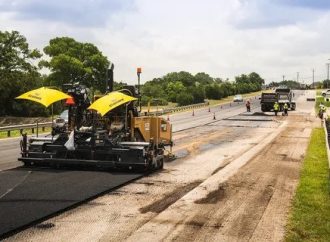
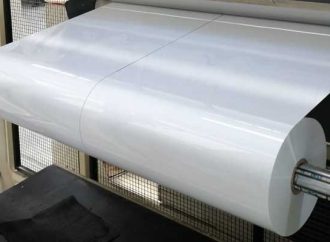


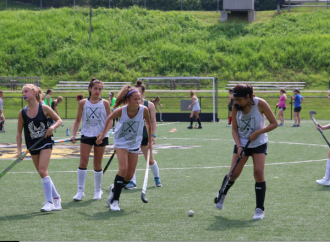
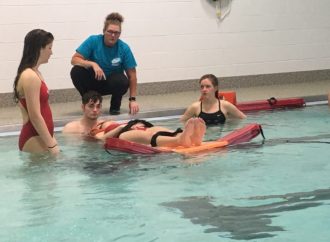


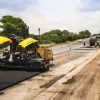










Leave a Comment
Your email address will not be published. Required fields are marked with *